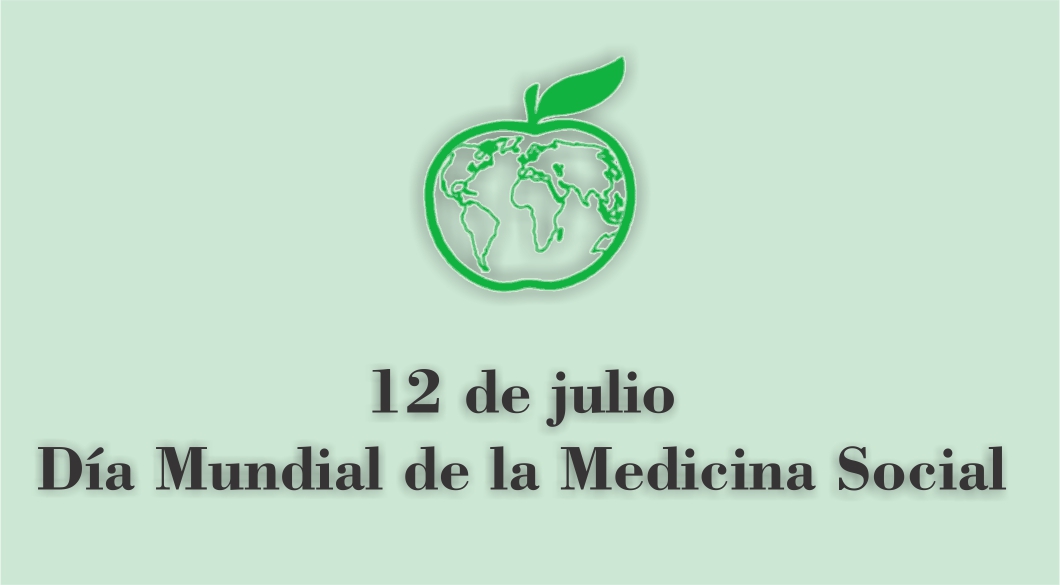Prevalencia de ictericia neonatal y los factores de riesgo asociados entre bebés nacidos en el Hospital Westend en Harare, Zimbawe
Resumen
Introducción: La ictericia neonatal es una afección frecuente en todo el mundo, se presenta hasta en el 60% de los recién nacidos sanos a término y en el 80% de los prematuros durante la primera semana de vida. Sus factores de riesgo son principalmente demográficos, maternos y neonatales, sobre los que actualmente se carece de datos suficientes en Zimbabue.
Objetivo: El objetivo del presente informe fue determinar la prevalencia y los factores de riesgo en torno a la ictericia neonatal entre bebés nacidos en el Hospital Westend de Zimbabue durante 2021.
Métodos: Se trata de un estudio transversal analítico sobre datos secundarios del año 2021. De los 1172 recién nacidos, sólo 611 cumplieron los criterios de inclusión para este estudio. Se excluyeron todos los recién nacidos medicados y las mujeres embarazadas menores de 18 años. Las notas sobre los casos de los bebés ingresados entre enero y diciembre de 2021 se recuperaron a través de la información de los datos biológicos. Mediante un muestreo conveniente, se seleccionaron 611 recién nacidos para el estudio, se evaluaron sus datos demográficos, clínicos y de laboratorio y se utilizó estadística descriptiva. Se evaluaron los factores de riesgo maternos y fetales y se consideró estadísticamente significativo un valor de P < 0.05.
Resultados: Este estudio mostró que 281 recién nacidos presentaron ictericia neonatal, lo que supone una tasa de prevalencia del 45.99%. Hubo una relación significativa entre los factores de riesgo predisponentes y la ictericia neonatal, incluido el bajo peso al nacer (p=<0.0001), la prematuridad (p=<0.0001), el sexo neonatal (p=0.028) y la incompatibilidad de grupo sanguíneo (p=<0,001), deficiencia de G6PD (p=0.001), raza negra (p<0.0001), diabetes materna (p<0.0001), falta de lactancia materna y antecedentes de ictericia en la familia (p<0.002).
Conclusiones: Se observó que la prevalencia de ictericia neonatal era elevada y que los factores de riesgo eran predominantemente demográficos, maternos y neonatales.
Palabras clave: Neonatal, Ictericia, Riesgo, Materna, Prevalencia
Citas
Slusher TM, Angyo IA, Bode-Thomas F, Akor F, Pam SD, Adetunji AA, et al. Transcutaneous Bilirubin Measurements and Serum Total Bilirubin Levels in Indigenous African Infants. American Academy of Pediatrics. 2004;113(6):1636-41.
Olusanya BO, Kaplan M, Hansen TWR. Neonatal hyperbilirubinaemia: a global perspective. The Lancet Child & Adolescent Health. 2018;2(8):610-20.
Chimhuya S, Mbuwayesango B, Aagaard EM, Nathoo KJ. Development of a neonatal curriculum for medical students in Zimbabwe – a cross sectional survey. BMC Medical Education. 2018;18(1):90.
Pace EJ, Brown CM, DeGeorge KC. Neonatal hyperbilirubinemia: An evidence-based approach. Journal of Family Practiice. 2019;68(1):E4-E11.
Mugadza G, Zvinavashe M, Gumbo Z, Stray-Pedersen B. Early breastfeeding initiation and incidence of severe neonatal jaundice in Chipinge district Zimbabwe. International Journal of Contemporary Pediatrics. 2017;4(6):1922.
Maisels MJ, Kring E. The Contribution of Hemolysis to Early Jaundice in Normal Newborns. American Academy of Pediatrics. 2006;118(1):276-9.
Bhutani VK, Zipursky A, Blencowe H, Khanna R, Sgro M, Ebbesen F, et al. Neonatal hyperbilirubinemia and Rhesus disease of the newborn: incidence and impairment estimates for 2010 at regional and global levels. Pediatric Research. 2013;74(1):86-100.
Porter ML, Dennis BL. Hyperbilirubinemia in the term newborn. Am Fam Physician. 2002;65(4):599-606.
Tikmani SS, Warraich HJ, Abbasi F, Rizvi A, Darmstadt GL, Zaidi AKM. Incidence of neonatal hyperbilirubinemia: a population-based prospective study in Pakistan. Tropical Medicine & International Health. 2010;15(5):502-7.
Kumar K, Sohaila A, Tikmani SS, Khan IA, Zafar A. Screening for G6PD Deficiency Among Neonates with Neonatal Jaundice Admitted to Tertiary Care Center: A Need in Disguise. J Coll Physicians Surg Pak. 2015;25(8):625-6.
Boskabadi H, Rakhshanizadeh F, Zakerihamidi M. Evaluation of Maternal Risk Factors in Neonatal Hyperbilirubinemia. Archieves of Iran Medicine. 2020;23(2):128-40.
Weng Y-H, Cheng S-W, Yang C-Y, Chiu Y-W. Risk assessment of prolonged jaundice in infants at one month of age: A prospective cohort study. Scientific Reports. 2018;8(1):14824.
Devi DS, Vijaykumar B. Risk factors for neonatal hyperbilirubinemia: a case control study. International Journal of Reproduction, Contraception, Obstetrics and Gynecology. 2017;6:198+.
Rougée LR, Miyagi SJ, Collier AC. Obstetric Obesity is Associated with Neonatal Hyperbilirubinemia with High Prevalence in Native Hawaiians and Pacific Island Women. Hawaii J Med Public Health. 2016;75(12):373-8.
Mohammad-Beigi A, Tabatabaee SHR, Yazdani M, Mohammad-salehi N. Gestational diabetes related unpleasant outcomes of pregnancy. FEYZ. 2007;11(1):33-8.
Zarrinkoub F, Beigi A. Epidemiology of hyperbilirubinemia in the first 24 hours after birth. Tehran-Univ-Med-J. 2007;65(6):54-9.


